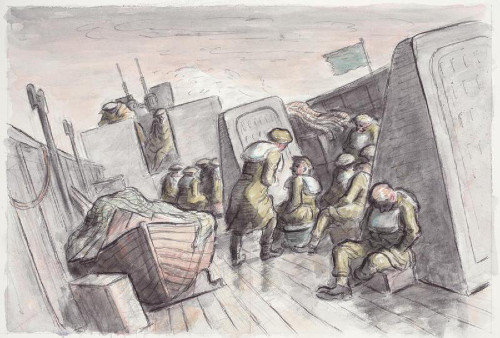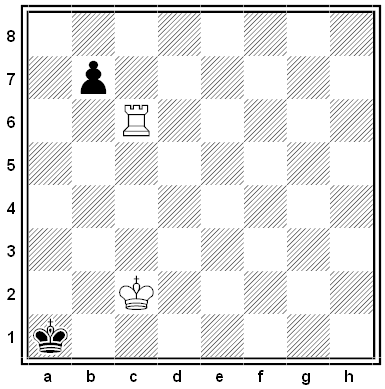City Life
$25 DOLLAR reward will be paid for the detection of the cowardly thief, who is in the habit of sneaking and creeping up to the door of No. 10, City Hall Place, and stealing the Sun newspaper from under the door. The above reward will be paid for the information left at the Sun office: and a regular roasting is promised the low, guilty, nigardly thief.
— New York Sun, Feb. 29, 1840
Second Thoughts

We’re told that we can’t change the past, but what about the case of retroactive pronouncements? On July 23, 2000, Lance Armstrong was declared the winner of the Tour de France — he completed the race with the lowest overall time, and his win was certified by the Union du Cyclisme Internationale. If on Christmas Day 2002 a friend of ours said, “Lance Armstrong won the Tour de France in 2000,” we would feel that this statement was true.
On Oct. 22, 2012, after determining that Armstrong had used banned substances, the UCI withdrew all of his wins at the Tour de France. If on Christmas Day 2012 our friend said, “Lance Armstrong won the Tour de France in 2000,” we’d feel that this statement was false.
“This means that, in moving from Context A to Context B, the past (of the actual world) has changed,” write Luca Barlassina and Fabio Del Prete in the January issue of Analysis. “The year 2000 had a certain property on Christmas 2002, but did not have that property on Christmas 2012 any longer.”
“One should then stop asking whether the past can change and start to inquire on how to make sense of this. We leave this task to a future paper — unless the future changes.”
(Luca Barlassina and Fabio Del Prete, “The Puzzle of the Changing Past,” Analysis, January 2015.)
Unquote
“It vexes me greatly that having to earn my living has forced me to interrupt the work and to attend to small matters.” — Leonardo
“I cannot afford to waste my time making money.” — Louis Agassiz
“How in the hell could a man enjoy being awakened at 6:30 a.m. by an alarm clock, leap out of bed, dress, force-feed, shit, piss, brush teeth and hair, and fight traffic to get to a place where essentially you made lots of money for somebody else and were asked to be grateful for the opportunity to do so?” — Charles Bukowski
Podcast Episode 57: Jules Verne’s Lost Novel

Eight decades after Jules Verne’s death, his great-grandson opened a family safe and discovered an unpublished manuscript. In this episode of the Futility Closet podcast we’ll review some of Verne’s remarkable predictions for the 20th century and consider why he never published the novel.
We’ll also discuss listeners’ ideas about the mysterious deaths of nine Soviet ski hikers in 1959 and puzzle over how a man’s breakfast turns deadly.
Black and White
Local Color
Unusual names recorded in the American South by University of Florida linguist Thomas Pyles, 1986:
- Oleander Lafayette Fitzgerald III
- Ed Ek
- Shellie Swilley
- Early Hawaiian McKinnon
- Sandy Gandy
- Earl Curl Jr.
- Percy Nursey
- Rev. Fay de Sha
- Lovie Slappey
- Esperanza Le Socke
- Pamela Gay Day
- Staff-Sgt. Mehogany Brewer
- Girlie Burns
- Fawn Grey Trawick Dunkle
- Alure Sweat
- Bloomer Bedenbaugh
- Martha Magdalene Toot
- Okla Bobo
- Melody Clinkenbeard
Cowboy Pink Williams served as lieutenant governor of Oklahoma from 1955 to 1959. And “The children of Mr. Stanford Bardwell, a realtor and a graduate of Louisiana State University, and his wife Loyola, are Stanford, Jr., Harvard, Princeton, Cornell, Auburn, and the twins Duke and T’lane. When the Bardwells go on holiday they travel in a specially equipped school bus called the ‘Collegiate Caravan.'”
(Thomas Pyles, “Bible Belt Onomastics or Some Curiosities of Anti-Pedobaptist Nomenclature,” in Names and Their Varieties, American Name Society, 1986.) See Roll Call and Pink Labels.
Better Late
A curious classified ad from the New York Herald, March 30, 1849:
Found, four dollars, while leaving the cars at Paterson, in the summer of 1845. The loser (or agent) is requested to identify, in some respect, and receive the amount with interest. Address, pre-paid, I Found, Lower Post Office, N. Y. city.
Sara Bader featured the ad in her 2005 collection Strange Red Cow. “We have no idea what motivated this advertiser, who apparently waited years before stepping forward to return this money.”
Batter Up!

The first pitching machine was powered by gunpowder. Princeton mathematician Charles Hinton designed it for the school baseball team in 1897, hoping to spare human pitchers whose arms were giving out under the incessant demands of batting practice. At first he planned a catapult, but he found this too inaccurate. Then “it occurred to me that practically whenever men wished to impel a ball with velocity and precision, they drove it out of a tube with powder.”
The result, which he wrote up in Harper’s Weekly on March 20, was a shoulder-mounted cannon whose 4-foot barrel could send a ball across the home plate at 70 mph. With a fingerlike attachment it could even throw a curveball. That summer it pitched three innings in a game between two Princeton social clubs, allowing four hits, striking out eight batters, walking one, and throwing only one wild pitch.
The Washington Post predicted the end of the world (“There would be the base-burning, high-pressure, anti-friction catcher, and the shortstop made of aluminium and rivets and filled with cogs, cams, valves, shafts, and belting”), but Hinton praised the gun’s handiness: “It can be used so as to deliver ball after ball at the same speed in the same curve, or it can be varied from shot to shot, according to the wish or skill of the manipulator.” He took it with him to the University of Minnesota, where he worked until 1900.
In a Word

forwallowed
adj. wearied with tossing about



